Our Rich Beginnings
From its founding in 1941 as an extension of the increased need for industrial space in support of the war effort, to our presence today as the foremost designation in industrial and office real estate, take a look at SIOR through the years.
The Beginning |
| 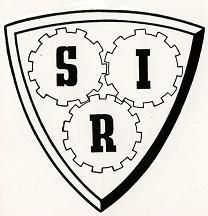 SIOR's (then SIR) First Logo SIOR's (then SIR) First Logo
Despite the continued growth of industrial real estate, its specialists had little representation within the National Association of Real Estate Boards (NAREB), the predecessor to today’s National Association of Realtors (NAR). With this in mind and anticipating the increased need for industrial spaces on account of the outbreak of WWII, Frank and David returned to Philadelphia with the concept for an organization that would become SIOR. |
40s |
_congratulated_by_Erwin_H.jpg?sfvrsn=40529a43_0) From left to right:Founder David T. Houston, SR, (right) shaking hands with Erwin H. List (left), 1948 president of the Society From left to right:Founder David T. Houston, SR, (right) shaking hands with Erwin H. List (left), 1948 president of the Society The organization’s structure was spearheaded by Frank Binswanger and future chairman of the organizing committee, Joe Greenberg. Frank and Joe were able to gain sponsorship for the founding of Society of Industrial Realtors (SIR). One year and two months later, The United States entered WWII. SIR was instrumental in locating existing, and immediately available, plant space that could be utilized for the production of defense, and later, war material. Over 200 brokers from across the United States and Canada surveyed suitable facilities and reported their findings to the War Department (now the Department of Defense). These 200 brokers would become the Society’s charter members. The urgency of the war effort required ability, integrity, and sincerity from the brokers—three qualities that we have held in high regard to this day.
|
50s |
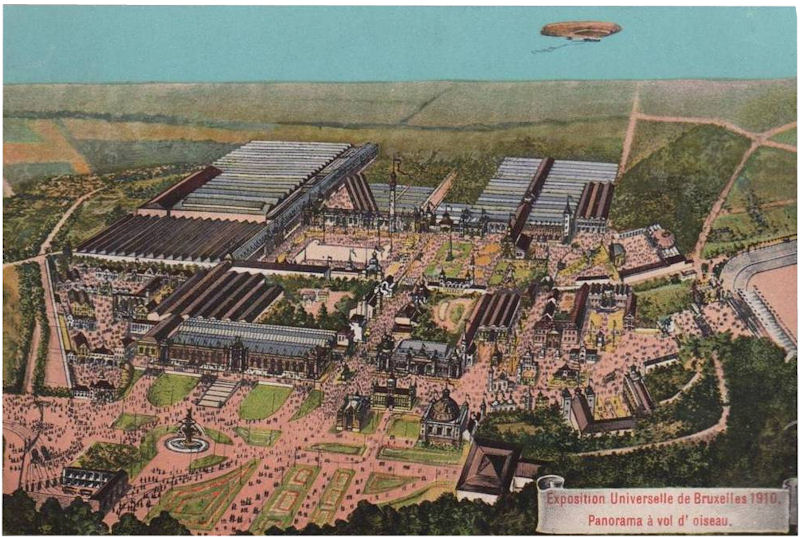 1958 World Fair, Brussels 1958 World Fair, Brussels The first woman was elected to Active membership in 1950; Sanny Sue McCleery was an industrial realtor from Fort Worth, Texas. The local newspaper, theStar-Telegram, ran an article stating that she was “the only woman in the world who can tack the initials ‘S.I.R’ to her name.” In the late ’50s the Society, in cooperation with the United States Department of Commerce and Mobil Oil Company, participated in the World’s Fair held in Brussels, Belgium. Several prominent S.I.R. developers displayed their industrial parks at the fair.
|
60s |
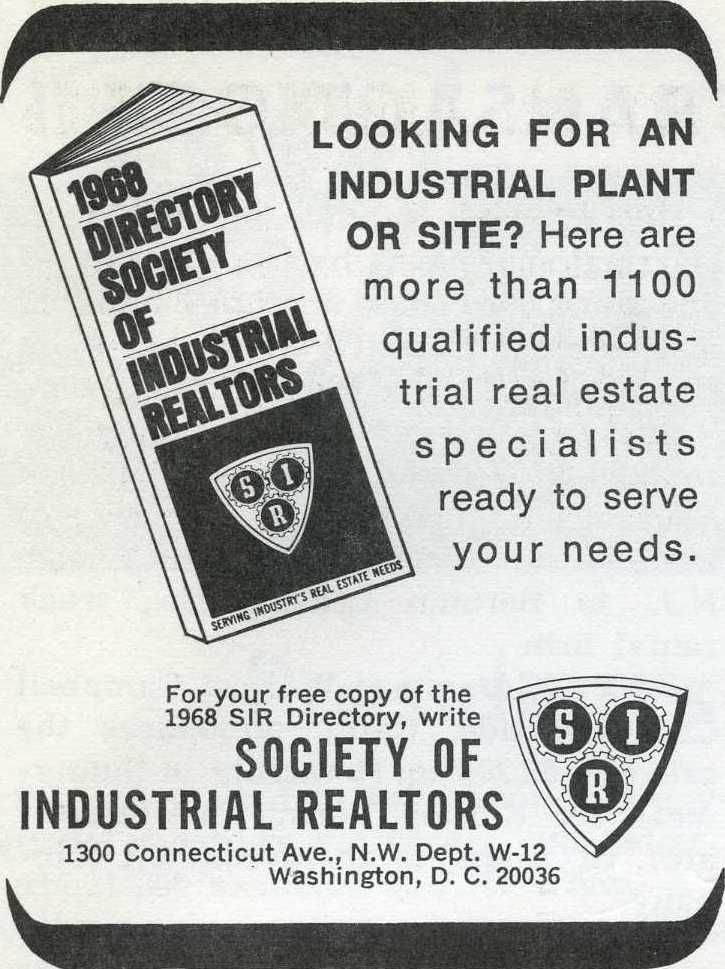 1968 Wall Street Journal Advertisement 1968 Wall Street Journal Advertisement The sixties was a decade of first for the Society. In the early '60s the Society began to expand to European markets. In 1965, the New York World’s Fair included an officially declared SIR Day. In 1966, the Society’s 25th Anniversary, it was estimated that SIRs handled almost 75 percent of all industrial transactions in the United States. In 1969, the first Annotated Bibliography on Industrial Real Estate was published (it is widely considered to still be the landmark textbook on Industrial Real Estate). Shortly after, the first clinic was created to prepare members to be instructors. The first SIR institutional ad appeared in the manufacturer’s edition of the June 1969 issue of Fortune magazine. This was followed up by the first major direct mail campaign, featuring reprints of the Fortune magazine ad and a reprint of an article on the Society. Shortly thereafter, SIR members were quoted on Page 1 of the Wall Street Journal for the first time. |
70s |
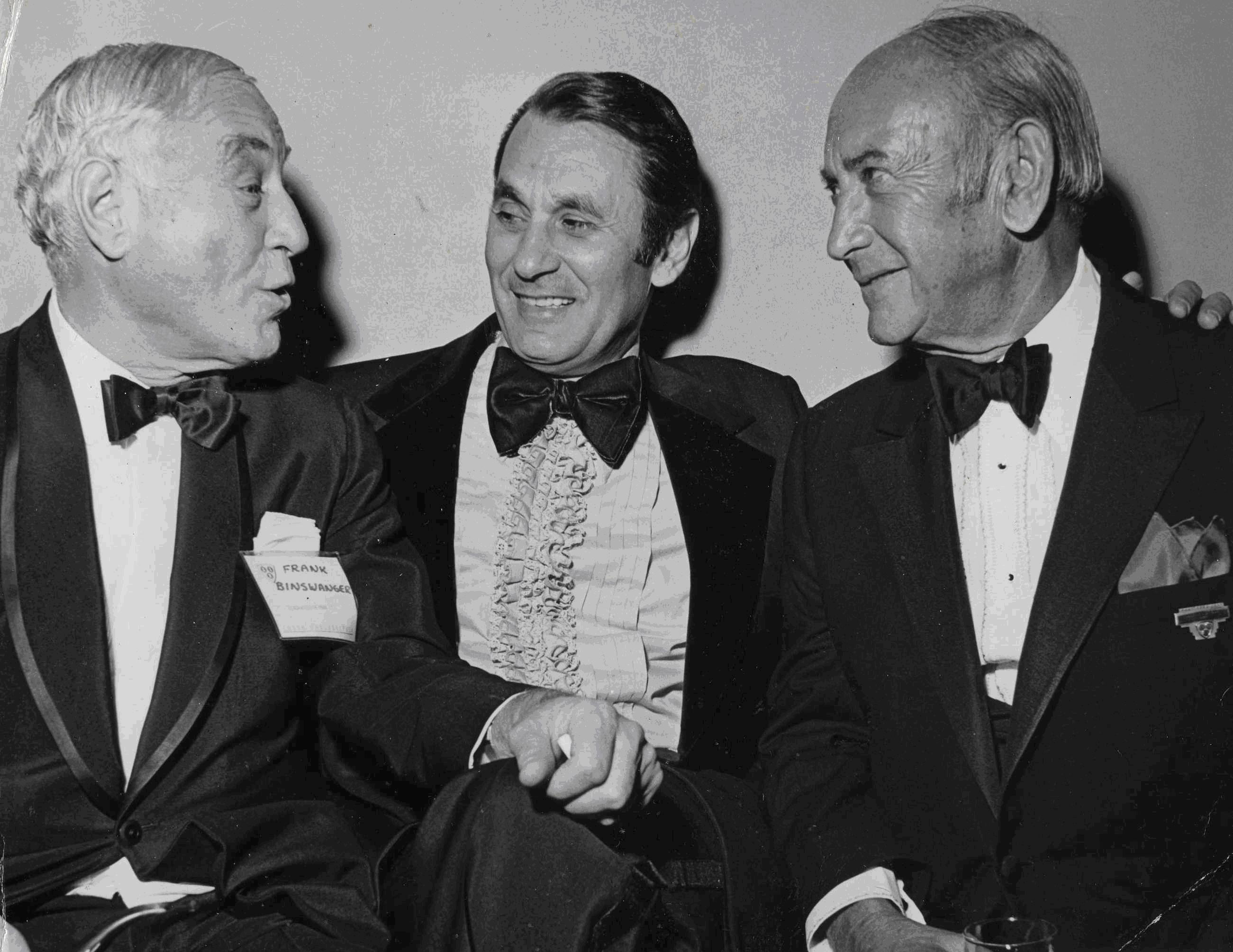 From left to right: Founder Frank G. Bingswanger, Blackie Krafsur, Larry Lang At 1974 Annual Convention in Kansas City From left to right: Founder Frank G. Bingswanger, Blackie Krafsur, Larry Lang At 1974 Annual Convention in Kansas City
By SIR’s 35th anniversary in 1976, the association had become increasingly active in national legislative issues, in large part because of the efforts of then President Tom Lang. Tom and many of the organizations senior executives met numerous times in Washington, DC with government officials from departments such as the Department of Defense, The Office of Economic adjustment, and the U.S. Chamber of Commerce. The purpose of these meetings was to make each U.S. agency more aware of SIR, its current efforts, and its capabilities.
Tom Lang also expressed his growing concern in finding alternative sources of energy. He stated, “…SIR is deeply concerned over a lack of concern in Congress for developing new sources of energy. We need solar energy and we need the gasification of coal,…and we definitely need to let the price of natural gas and oil seek its market level without federal control…Congress hasn’t done a darn thing to find new sources of energy…” Clearly, Tom was ahead of his time…as we are still dealing with the same issues today.
|
80s |
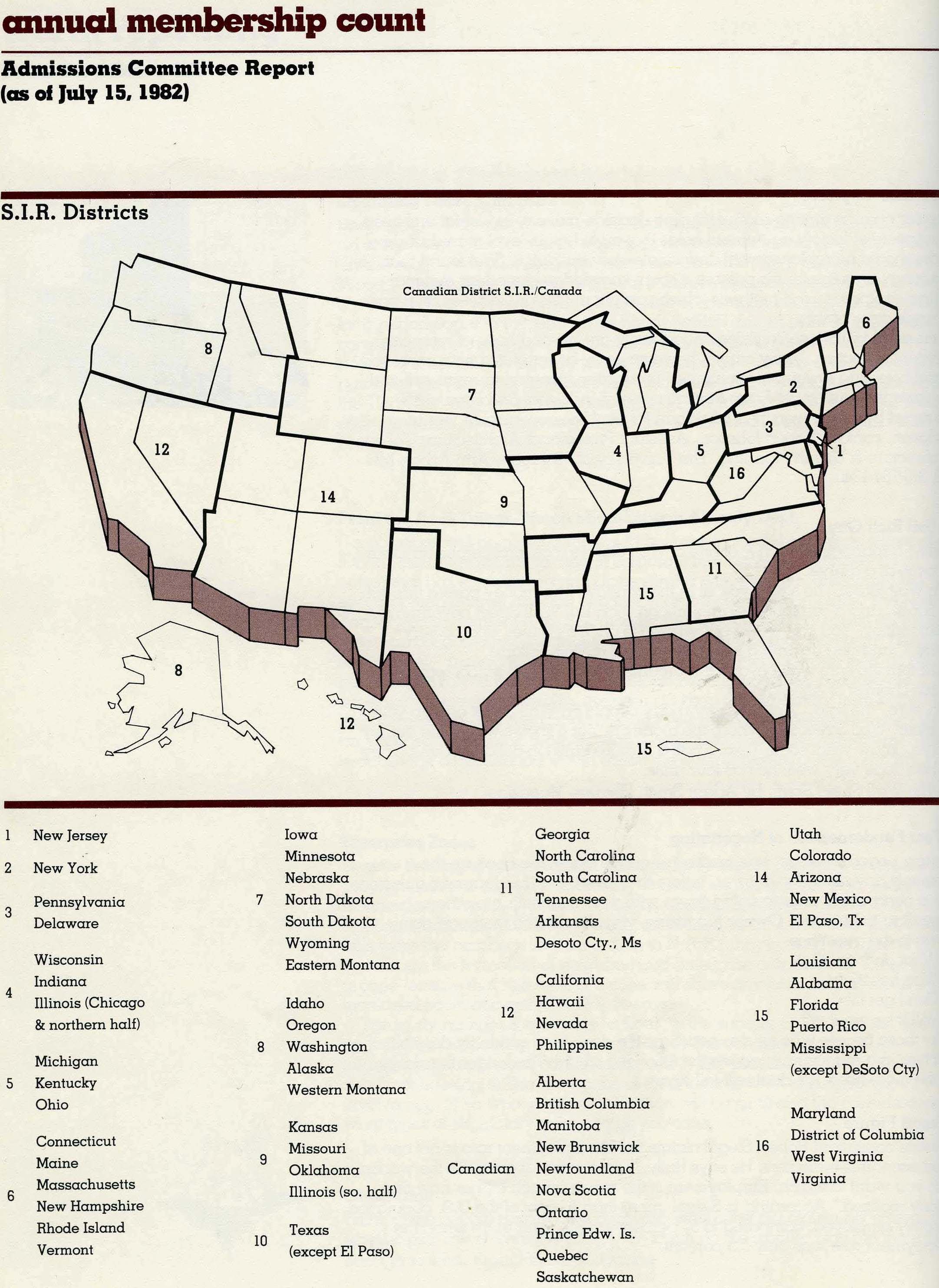 1982 Annual Membership Count listed in the Professional Report 1982 Annual Membership Count listed in the Professional Report “Spreading the Word” was the catch phrase of the 1980s—and not just spreading the word of SIR to potential clients, but sharing experiences and ideas among the Society membership. To do this, the SIR placed bi-weekly ads in the Wall Street Journal, and produced the Industrial Market Survey (now the Comparative Statistic). Survey results were often featured in the Wall Street Journal, the New York Times, and The Washington Post. Regional programs, started by then Executive Vice President Nancy Bryant, served to increase SIOR’s visibility and recognition among corporate America. In 1986 the Society of Industrial Realtors (SIR) became the Society of Industrial and Office Realtors (SIOR) while expanding the association membership to professionals who lease and sell office properties. That year the Membership Committee reviewed 228 applicants for membership—more than any year since the establishment of The Society. The Howell H. Watson Distinguished Service Award was established in 1986 to honor SIOR members for outstanding accomplishments, length of service, and dedication to the principles of the Society. The first winner was Paul J. Pfister of Terre Haute, Indiana. |
90s |
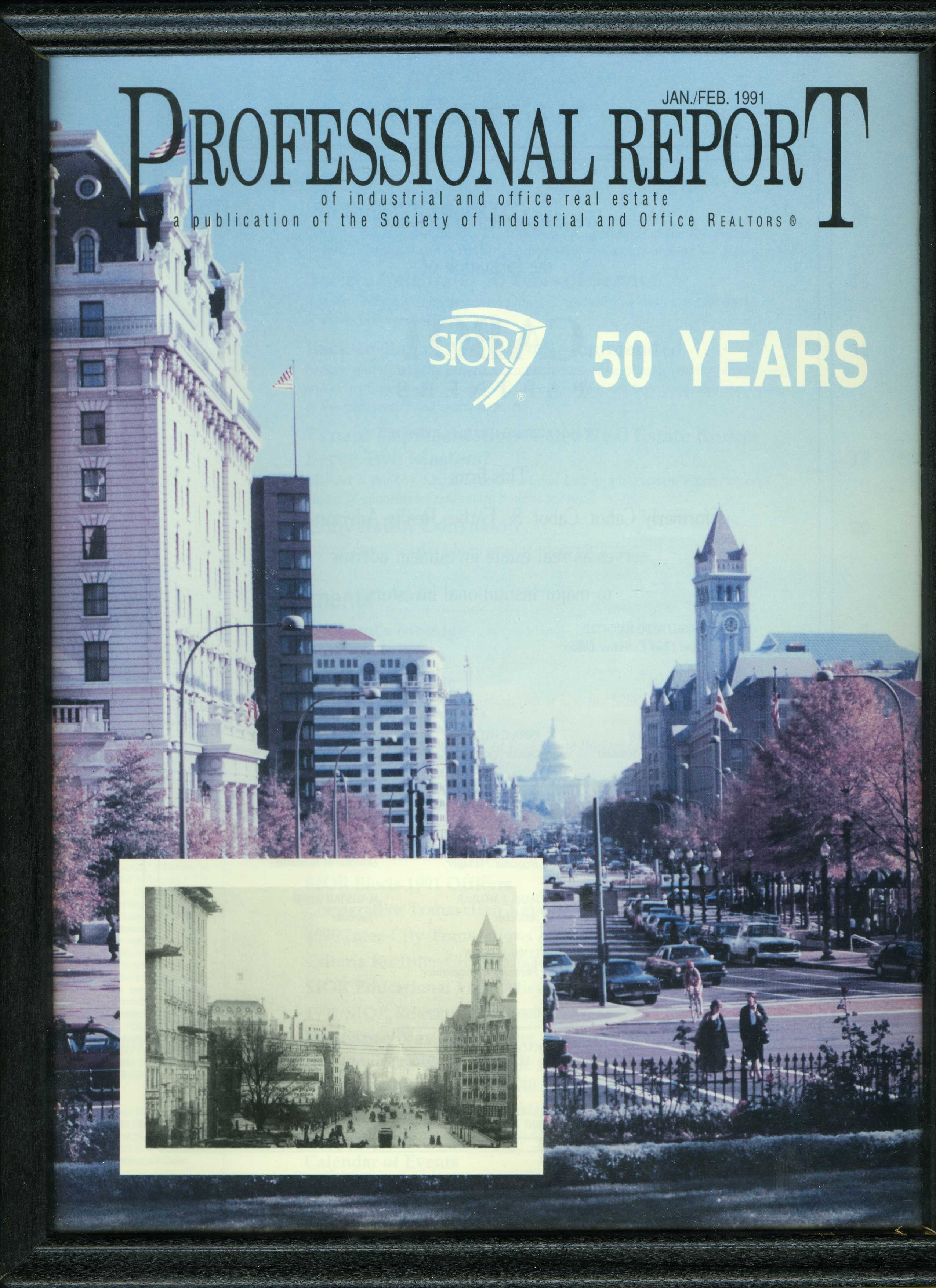 Jan-Feb, 1991 50 year anniversary issue of SIOR’s Professional Report Jan-Feb, 1991 50 year anniversary issue of SIOR’s Professional Report In 1992 the Society reached out toward young commercial real estate brokers by founding the Candidate Program. Enrollment in the program gave Candidates the opportunity to meet other like-minded industry professionals, who are committed to attaining the highest standards of professionalism, and to both learn from and share ideas with established colleagues. The ’90s also saw the emergence of technology as a new way to do business. The fax machine was the first device to be accepted by members, followed shortly by e-mail and the development of a website to make correspondence even easier. With the technology boom, the Society and its members became even more aware of international business opportunities and began send representatives to MIPIM—the International Property Market. |
2000s |
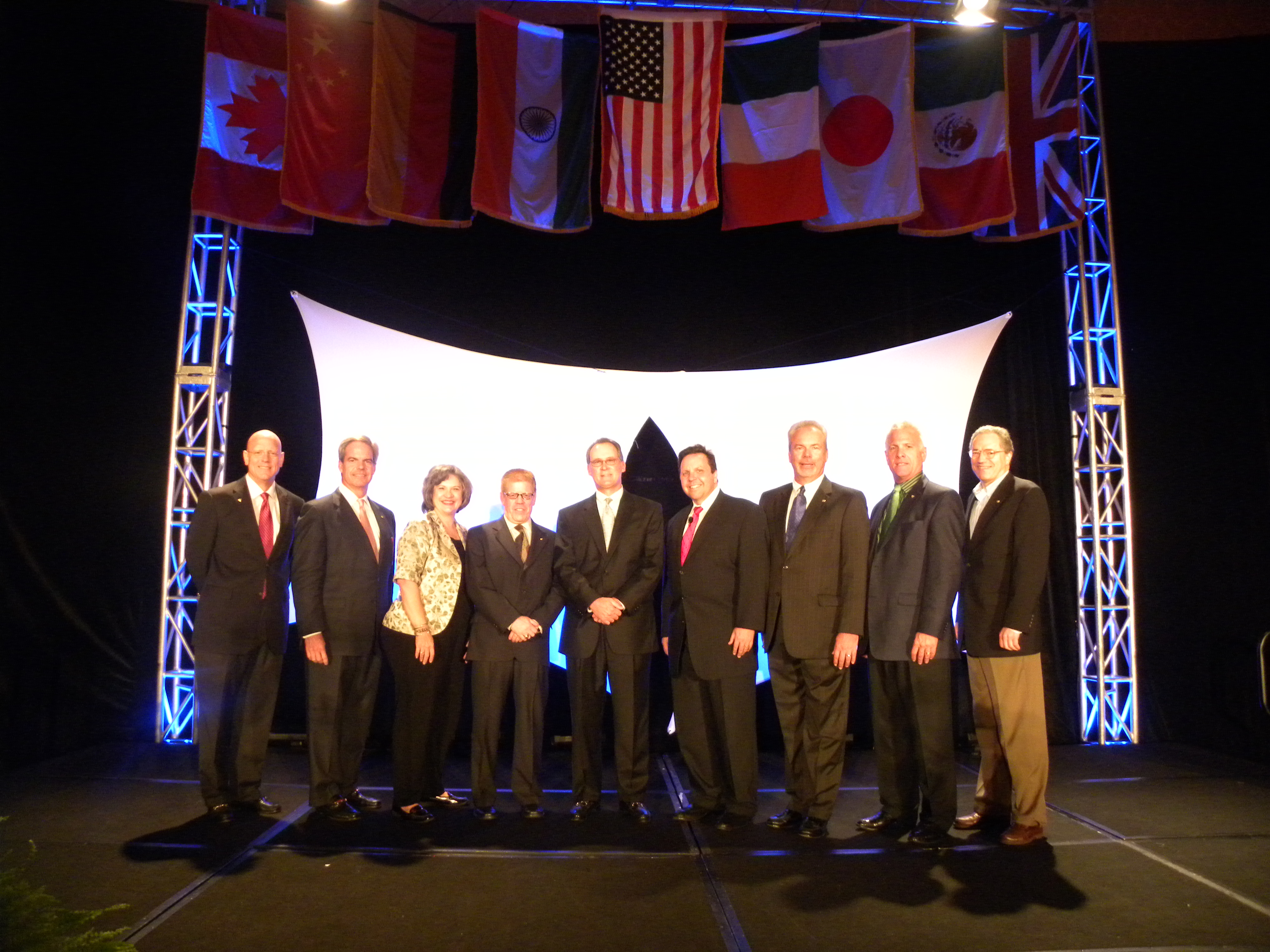 SIOR's 2010 Executive Committee on stage at the Fall World Conference, with flags representing every country SIOR's 2010 Executive Committee on stage at the Fall World Conference, with flags representing every country
|
Today |
 SIOR's SIOR Report Magazine goes digital with website and mobile applications SIOR's SIOR Report Magazine goes digital with website and mobile applications
|
Historical information accumulated with the help of Stan Mullin, SIOR, CCIM, CRE, FRICS